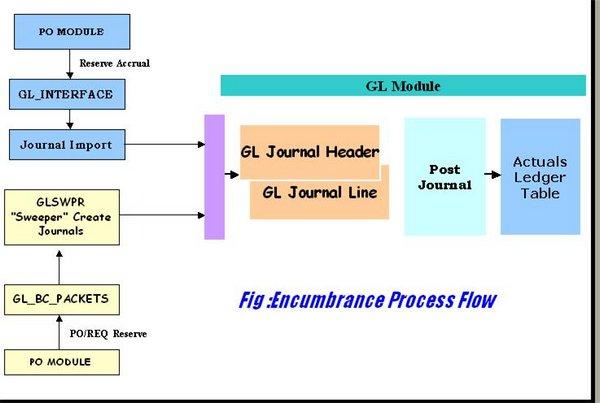What Does Encumbered Mean in Accounting? Unpacking the Burden

In the intricate world of accounting, terminologies often serve as the scaffolding upon which understanding is built. One such term that might initially elude the grasp of many is “encumbered.” This term invokes a duality, embodying both a sense of burden and a promise of security within the financial landscape. To unpack what it truly means to be encumbered in accounting, we must journey through its implications and nuances, unraveling the layers that cloak its significance.
At its core, encumbered refers to assets that are restricted in some capacity. Imagine a regal estate, sprawling and opulent, but shackled by a heavy chain of obligations. In accounting, when an asset is encumbered, it signifies that the asset is not fully available for use due to specific legal or financial stipulations. This encumbrance can arise from various factors, most commonly through debts or claims that are legally binding.
Consider the metaphor of a ship setting sail. The ship, a robust vessel, represents the assets of a company. However, if the ship is weighed down by cargo that it cannot offload—perhaps debts owed to creditors or legal claims—its ability to navigate the financial seas is compromised. Just as a ship must navigate carefully to avoid capsizing, so too must businesses approach their encumbered assets with caution and strategic foresight.
The types of encumbrances are diverse and multifaceted. Financial encumbrances typically arise from loans, where the asset acts as collateral. This can include real estate mortgaged to secure a loan, or equipment leased under terms that stipulate ownership remains with the lender until the terms are satisfied. Each encumbrance carries with it a weight—a reminder of financial commitments that must be met.
Moreover, encumbrances may also be legal in nature, arising from liens or judgements imposed against an asset. For example, imagine a property embroiled in litigation. The legal encumbrance acts as a cloud over its value, rendering it less desirable to potential buyers. This interplay between legality and finance is where encumbrances become particularly intriguing, as they intertwine the threads of responsibility and opportunity.
Understanding the implications of encumbered assets is vital for any business owner or financial analyst. When presenting a company’s balance sheet, encumbered assets must be disclosed clearly. This disclosure serves as a beacon, illuminating the corridors of potential risk and responsibility that lie ahead. When stakeholders examine a company, encumbered assets often raise red flags, signaling to them that there may be limitations on the company’s financial flexibility.
On the flip side, encumbered assets can also offer a sense of stability. Much like a tree planted firmly in the ground, an encumbered asset can indicate that a business is rooted in viable, valuable resources that are earmarked to satisfy specific obligations. Investors may perceive a company with encumbered assets as one that is actively leveraging its resources to achieve its financial goals, albeit with some constraints.
As we explore deeper into the concept, it becomes clear that encumbrances can affect cash flow management. Companies must adeptly balance their income against their encumbrances, ensuring that the weight of these obligations does not tip the scales into financial distress. Failure to manage encumbrances properly can lead to a precarious situation where a business is unable to meet its commitments, thus jeopardizing its operational integrity.
Furthermore, the significance of encumbered assets can shift in economic cycles. In times of economic prosperity, encumbered assets might represent a small fraction of total assets, allowing for robust growth opportunities. However, in a downturn, these encumbrances can quickly become a liability, shackling companies to obligations they find difficult to meet. The reflexive relationship between market conditions and encumbrances is like a seasoned dance—one that requires both grace and precision.
The unique appeal of studying encumbered assets lies in the layers of complexity intertwined within each financial situation. It is a notion that beckons one to delve deeper into the very fabric of financial management and strategy. Business leaders and analysts who grasp the essence of encumbrance are better positioned to navigate economic landscapes, making calculated decisions that can mitigate risk.
In essence, when we speak of encumbered assets, we are engaging with a concept that is as much about responsibility as it is about opportunity. Each encumbrance whispers the tales of commitments made and the challenges ahead, urging financial stewards to tread carefully as they chart their courses. To be encumbered is not merely to carry a burden; it is to possess a dual-edged sword that, when wielded wisely, can carve pathways through the complexities of the accounting world.
As we wrap up our exploration of encumbrances in accounting, it becomes clear that this term encapsulates more than a mere status of assets. It captures the essence of financial stewardship—balancing obligations with opportunities, managing risk with strategy, and ultimately navigating the ever-evolving ship of enterprise towards prosperity. Let us embrace the term “encumbered” not as a weight to bear, but as a concept that inspires diligence, comprehension, and precision in our financial journeys.
Post a Comment